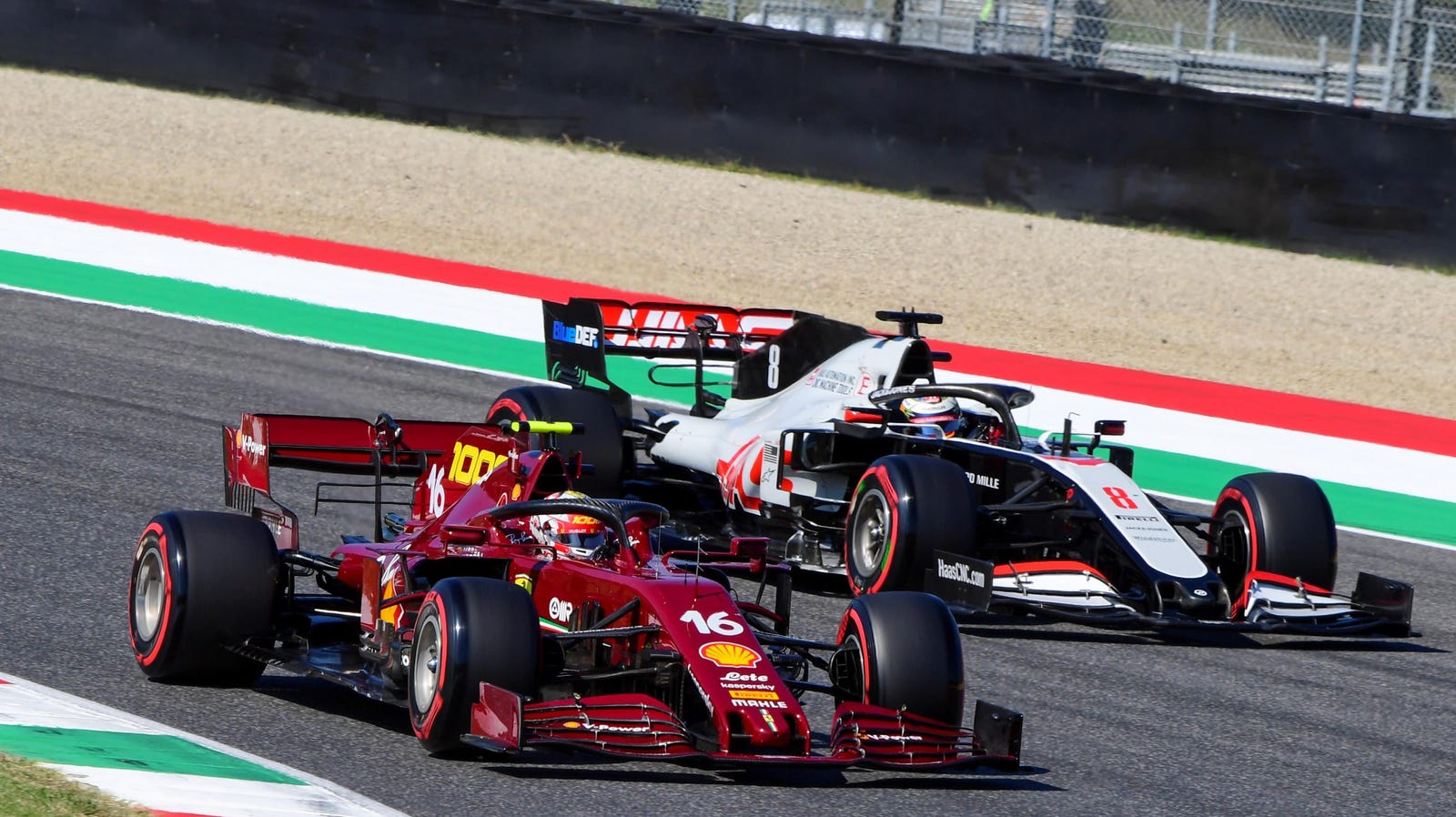
New Teams Have To Pay $200 Million To Existing Constructors To Join F1
by Elizabeth BlackstockAt this point, everyone is aware that it costs millions of dollars just to contest a Formula One season, but a new rule under the recently signed Concorde Agreement dictates that incoming teams will need to pay an extra fee on top of everything else if they want to join the series. And that extra fee comes in at a whopping $200 million.
Haas team principal Guenther Steiner noted the fee in an interview with RACER, but it was Zak Brown from McLaren who confirmed the final number.
Charging new teams hundreds of millions of dollars to enter seems counterintuitive to the purpose of racing. Most series actively encourage new teams to come along, even offering support if need be. And it’s especially difficult in F1, which already has a problem maintaining new teams. Marussia, Caterham, HRT, and Super Aguri are all examples of teams that joined the sport only to soon go bankrupt and fold.
Basically, the $200 million fee will be split equally between all current teams on the grid as a sort of compensation. A new team entering the fold necessarily dilutes the overall prize funds by taking away money from the current teams, even if the new team performs poorly. It’s also intended to retain the value of the current teams.
Brown argues that it’s not wholly a bad thing, saying:
I think what we’re trying to do as an industry is stop what we’ve had in the past, where a USF1 announces they are going Formula 1 racing and they never get to the track. So the $200 million is intended to really make sure that if someone is coming into the sport that they have the wherewithal to do it and we don’t have what we’ve historically had, which is random announcements that people are going to come in and then they never make it to the track. I don’t think you’d ever see that in other major forms of sport.
However, most other racing series allow teams to slowly integrate into the series by contesting a few races a year. A great example is the current Meyer Shank Racing team in IndyCar, which started out in 2017 by running the Indy 500 only. It then increased its program, running six races in 2018 and 10 in 2019. Now, it’s a full-time team.
Of course, F1 is a much different series and has its own way of doing things, which includes ensuring that all teams contest all races to preserve the value of the F1 franchise. Ensuring that a new team can pay a hefty fee to enter the series guarantees that you’re not going to have a semi-prepared team taking to the grid. Unfortunately, it will also likely discourage teams from joining F1 when it could be competitive in a different series.
F1's new cost caps will likely help offset these initial expenses; a new team can at least take comfort knowing it can only spend as much as a Mercedes or a Red Bull.